
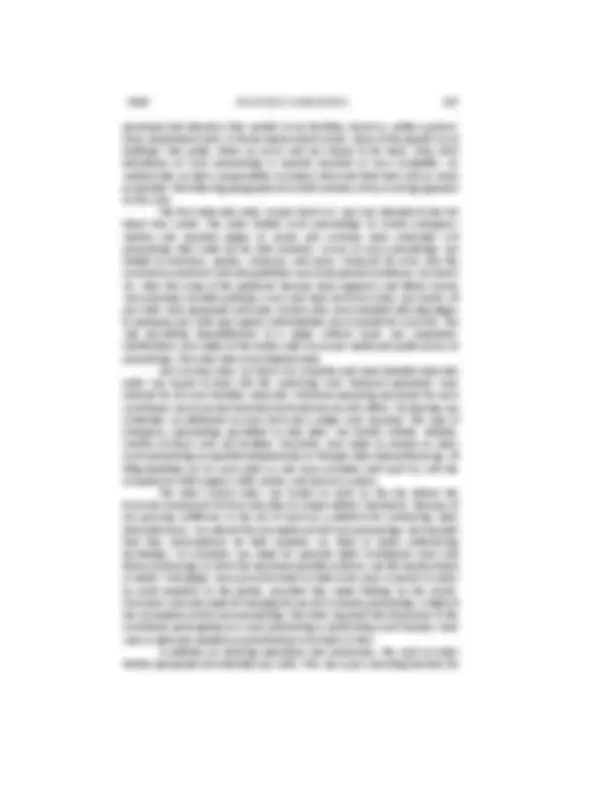

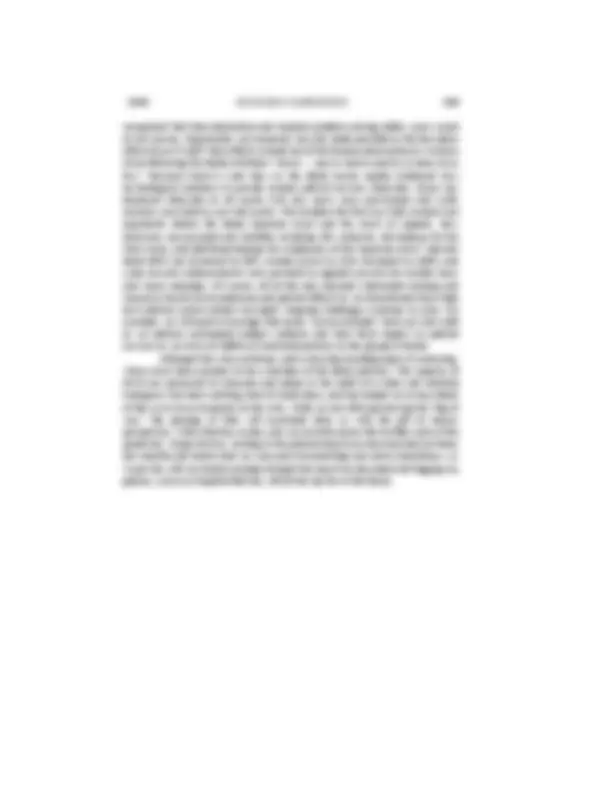
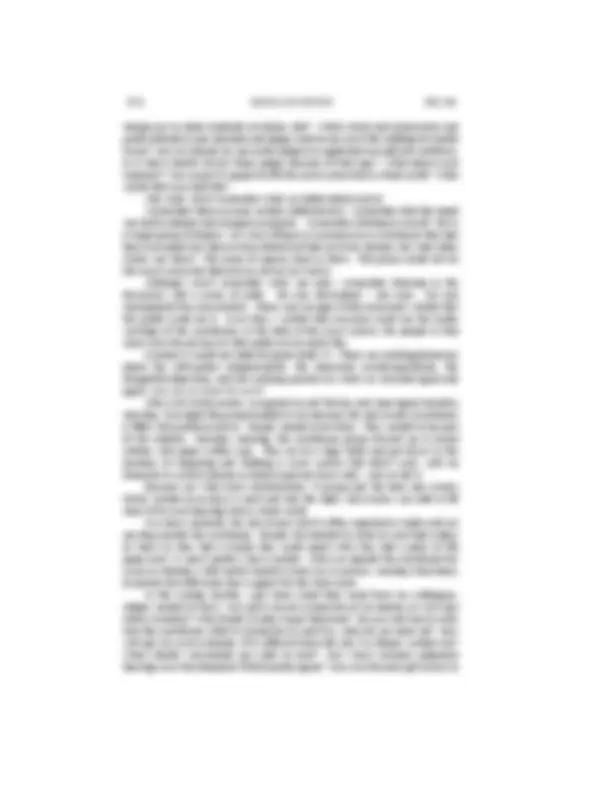
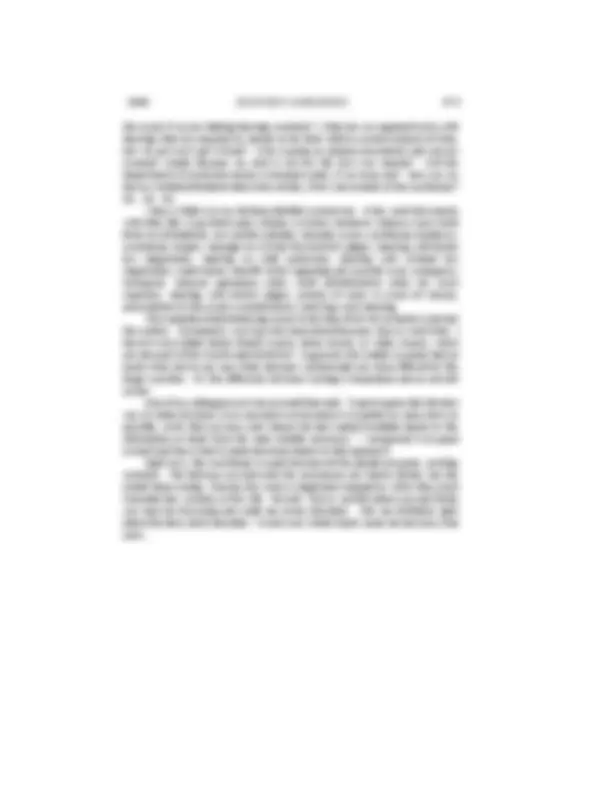

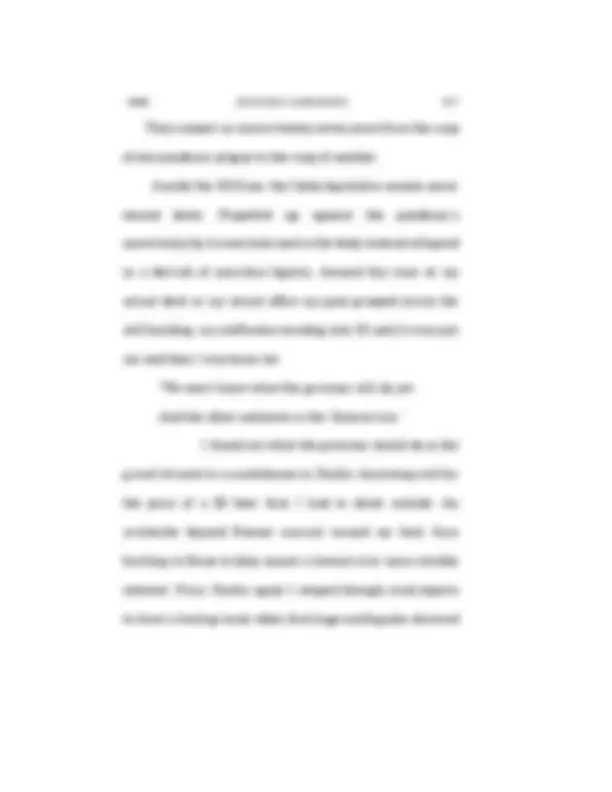
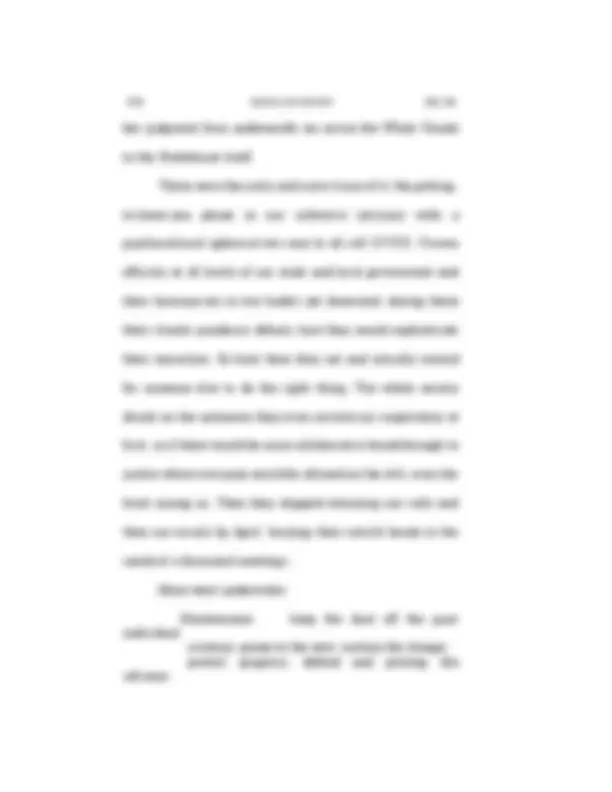
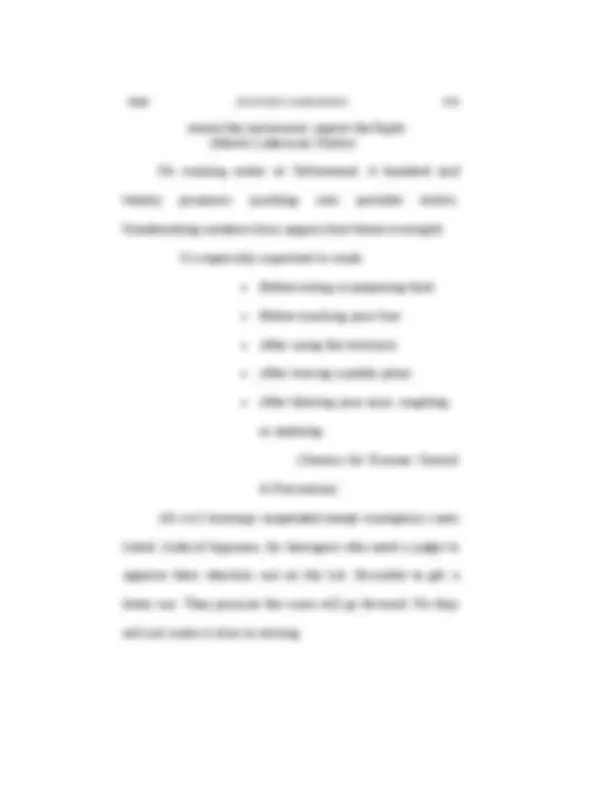
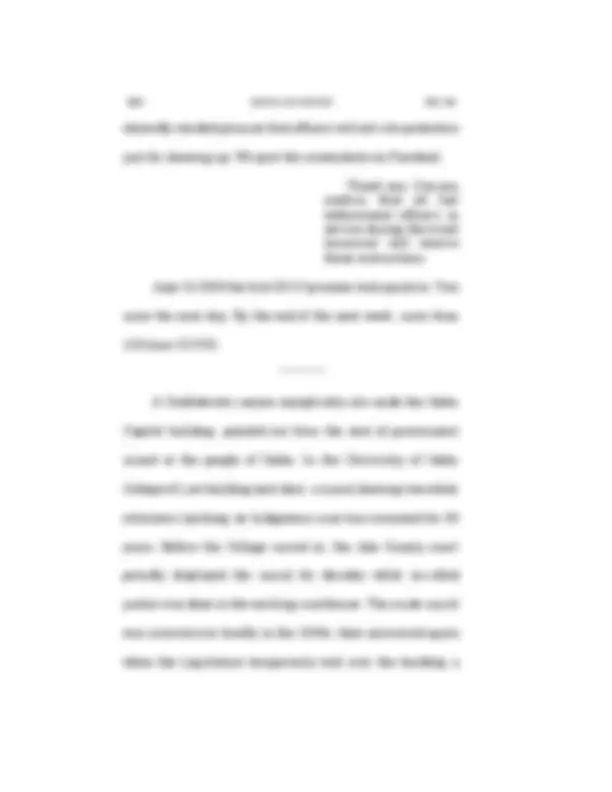
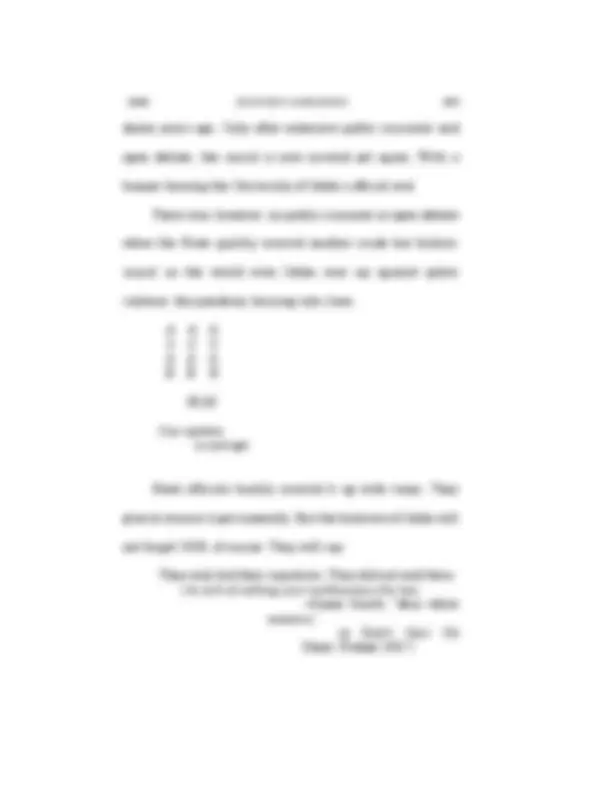

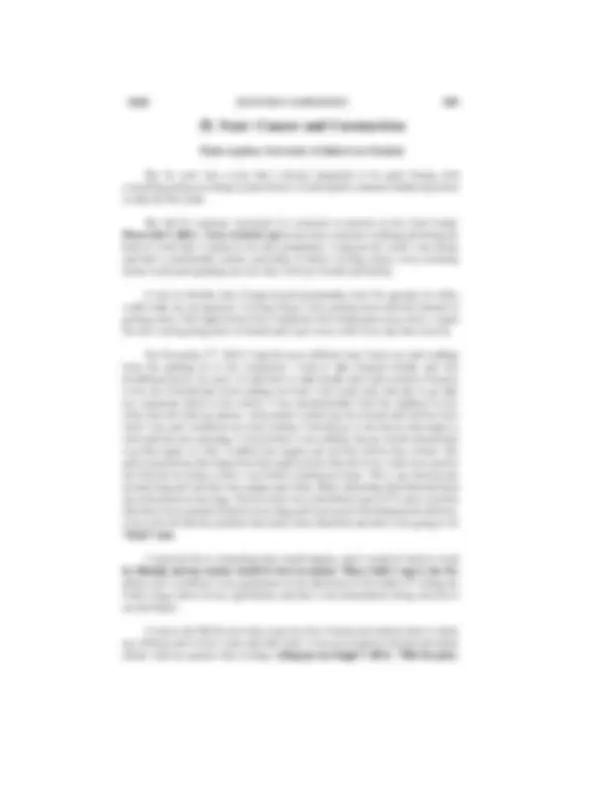
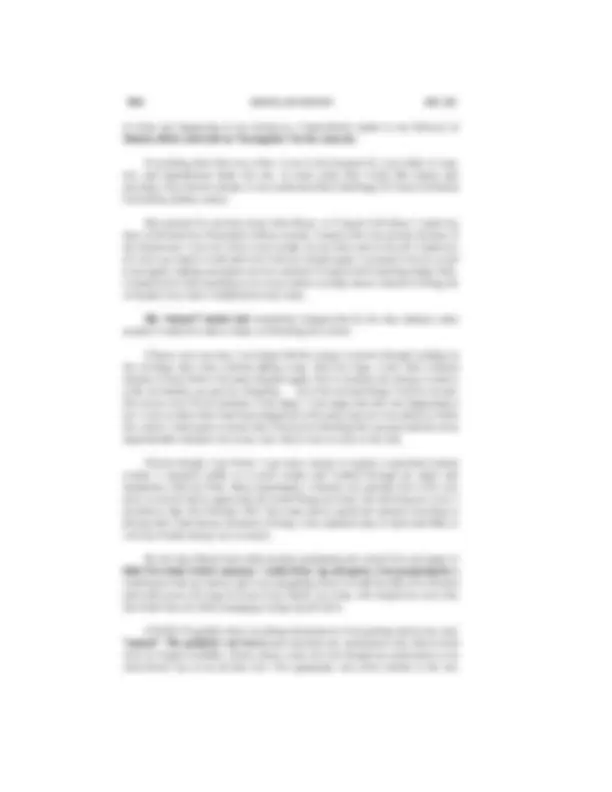
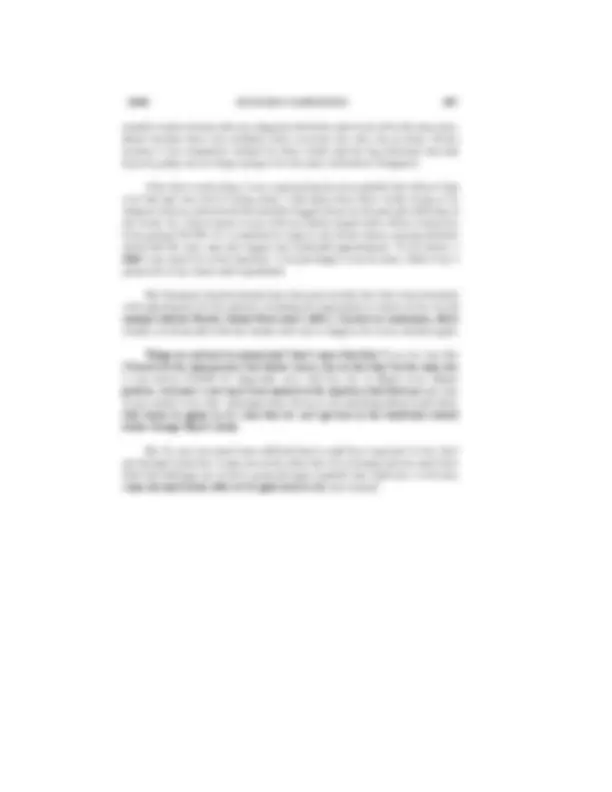

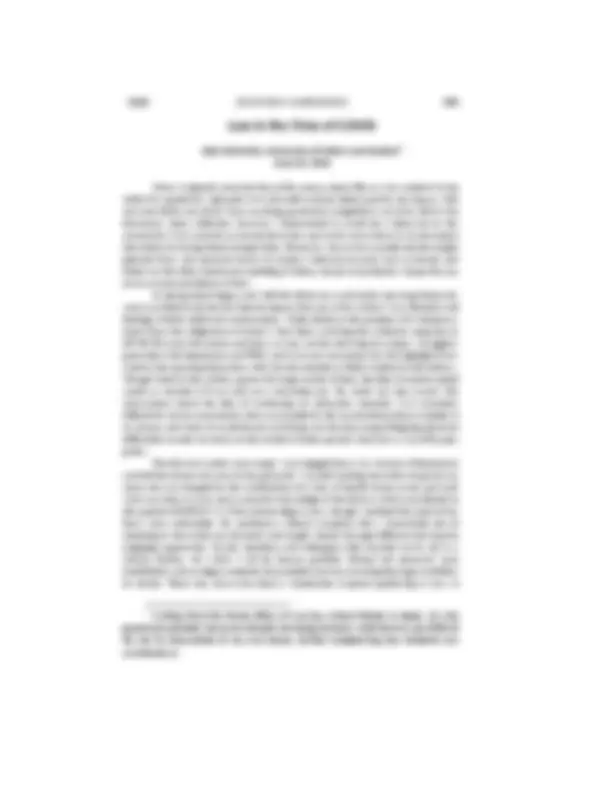
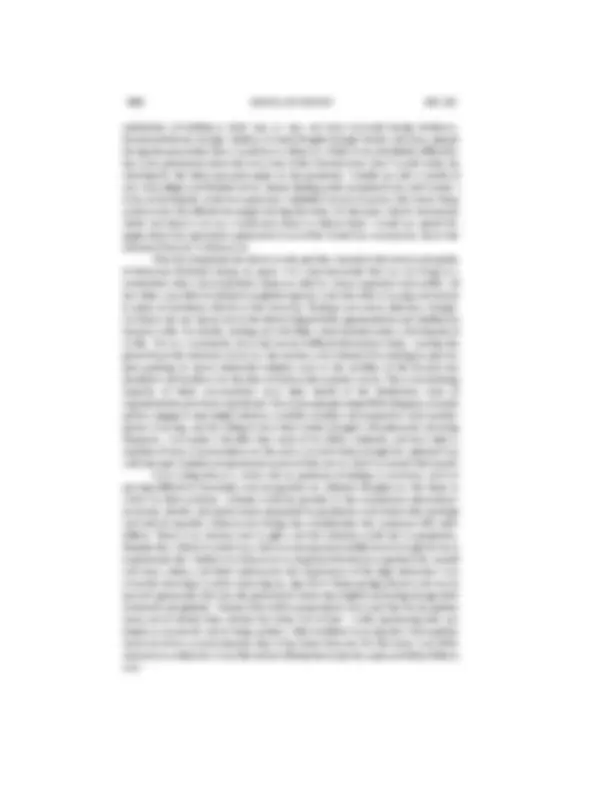
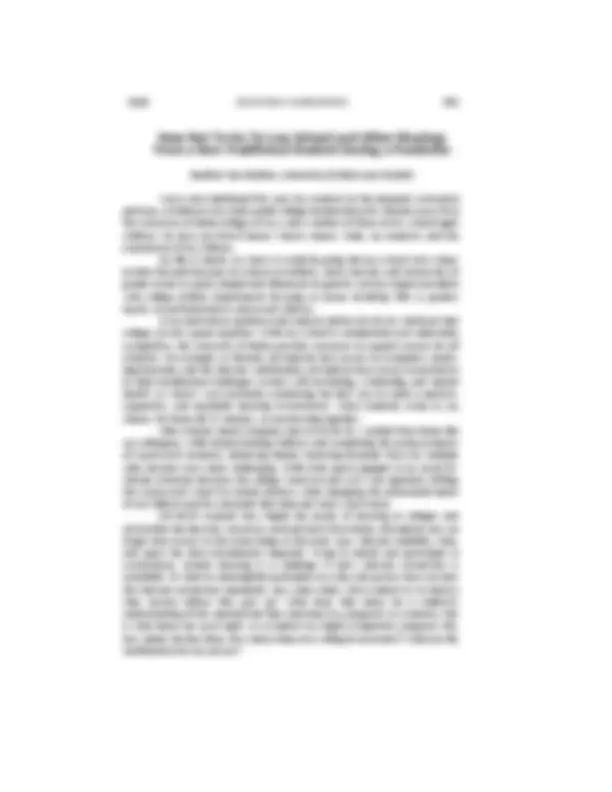
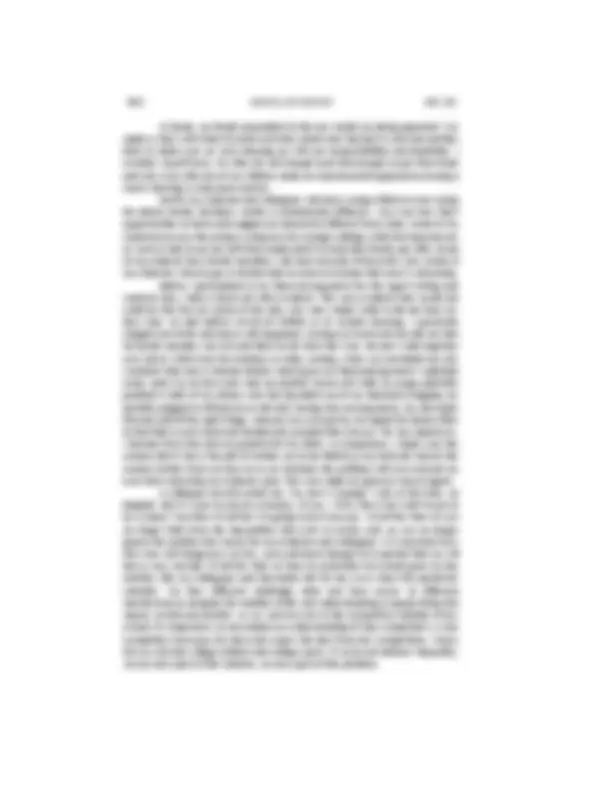


Study with the several resources on Docsity

Earn points by helping other students or get them with a premium plan


Prepare for your exams
Study with the several resources on Docsity

Earn points to download
Earn points by helping other students or get them with a premium plan
Community
Ask the community for help and clear up your study doubts
Discover the best universities in your country according to Docsity users
Free resources
Download our free guides on studying techniques, anxiety management strategies, and thesis advice from Docsity tutors
The Review seeks submissions from law students, faculty and staff at the. College of Law, as well as judges and practitioners in Idaho, about.
Typology: Schemes and Mind Maps
1 / 28

This page cannot be seen from the preview
Don't miss anything!





















On April 27,2019, Professor Stephen Miller, faculty advisor for the Idaho Law Review, sent out a call for essays on coronavirus related topics. He noted: The novel coronavirus (Covid-19) pandemic has disrupted life in ways unimaginable just a few months ago... .The Review seeks submissions from law students, faculty and staff at the College of Law, as well as judges and practitioners in Idaho, about how the coronavirus pandemic affected legal education at the College of Law, the administration of justice, and legal practice in Idaho. Students, judges, and professionals alike submitted the essays published below. These essays were published in an effort to create a snapshot of the unique challenges that were presented to the legal community in the year of 2019 due to COVID-19. These essays have been kept in a format that most closely resembles the authors’ style and creative liberties. TABLE OF CONTENTS COVID-19 ESSAYS ................................................................................................. 565 I. Idaho’s Judicial Response to COVID-19: A View from “the Fog” ..................... 566 II. Administering the Trial Courts in the Time of COVID- 19 ................................. 571 III. DEFACEMENT .................................................................................................. 575 IV. 3L Year: Cancer and Coronavirus .................................................................... 585 V. Law in the Time of COVID ................................................................................ 589 IV. How Not To Go To Law School and Other Musings From a Non-Traditional Student During a Pandemics .......................................... 591
Gregory W. Moeller, Justice, Idaho Supreme Court June 26, 2020 Having been asked to submit an essay outlining the impact that the COVID- 19 pandemic has had on my professional life—especially as it concerns the administration of justice in my role as a member of the Idaho Supreme Court—I am taken aback by the challenge this topic presents. “The fog of war” is a phrase often used to describe the strategic uncertainties soldiers and generals face as they attempt to make tactical decisions in the midst of a fluid battle. Typically, such decisions are based on ambiguous information and diminished situational awareness. As I sit alone in my office in the Idaho Supreme Court typing this, overlooking a virtually empty parking lot, I feel a little bit like a soldier who has been asked to discuss his insights about a battle that is still being waged—one where the outcome is still far from certain. Inasmuch as the cases of COVID-19 in Idaho appear to have spiked, relented, and are currently spiking again, it is equally difficult to know whether we have made all the right calls so far in responding to the crisis, as it is to know how many more critical decisions we will have to make in the future. On a personal level, the pandemic occurred at the confluence of several big events in my life. On Friday, March 13, 2020, I had taken a rare day off from work because my wife and I were moving into our new home. That was also the day I would find out whether I would be facing an opponent in the upcoming primary election because it was the final day to file a declaration of candidacy for state office. To add to the stress, the Chief Justice had scheduled an emergency meeting to discuss a statewide order that the Idaho Supreme Court was about to issue in anticipation of Idaho’s Governor making an emergency declaration due to the pandemic emergency. This would be the first of many “Zoom” meetings that would take place among the five justices on a regular basis. As I loaded furniture into the moving van, I listened through my earbuds as we discussed now familiar terms that were new to most of us at the time, such as “social distancing” and “flattening the curve.” Earlier that morning, the President of the United States issued the national COVID-19 Emergency Declaration. After the Governor of Idaho issued a similar statewide proclamation declaring an emergency, we issued our order. Later that day, Idaho recorded its first confirmed case of COVID-19. As I attempted to process all that was happening around me, I remember turning to my wife as we unloaded the moving van and saying, “Remember how you used to tell me that ‘the world wouldn’t come to an end if I took just ONE day off?’ Well, we may need to rethink that.” As the crisis developed, the Idaho Supreme Court, acting as the presiding constitutional officers of a unified court system, issued a series of orders designed to keep the public, court personnel, litigants, witnesses, attorneys, jurors, and judges safe. Our guiding star was the recognition that, as a judiciary, we faced a unique challenge. Of course, we keenly felt the need to protect the courthouse
the Court. We had received feedback from judges and members of the Idaho Bar that they preferred having a realistic date for the resumption of jury trials, rather than having us regularly moving back the date. Given the size and design of most of our state’s forty-four courthouses, coupled with the social distancing protocols then in place, it was obvious that jury trials could not resume in June. The uncertainty caused by ongoing postponements would be expensive and create a scheduling nightmare for court personnel, attorneys, parties, and witnesses. After much discussion and debate, we decided to push back the resumption date for all jury trials to a more realistic date. However, to ensure that the speedy trial rights of criminal defendants were protected as much as possible, we set August 3 for the resumption of criminal jury trials and October 5 for civil jury trials. It was hoped that the two-month head start for criminal jury trials would help clear the backlog in criminal jury trials first. Additionally, it was hoped that the delay would make it possible for court personnel in Idaho’s diverse counties to develop individualized plans for safely resuming jury trials in their courthouses or other approved venues. To comply with our own order, and to maintain a constant judicial presence in the Idaho Supreme Court building, my colleagues kindly agreed to allow me to be the judicial officer on site. In the early days of the pandemic, it was surreal to drive to and from work on the eerily empty streets of Boise. While they worked diligently from their homes, I was typically alone on the second floor. I often went for days without seeing another person in the courthouse, and alternated between feeling like the “designated survivor” or the proverbial “red shirt” from Star Trek fame. Although my colleagues now frequently come to their offices as the need arises, by and large, our personal contact is almost entirely via Zoom. This has been a strange, yet highly productive time for me; I am amazed at how much work I can get done when there are virtually no interruptions for the entire day. While there were frequent concerns, criticisms, and many helpful suggestions shared by various stakeholders in the court system, it was amazing to witness how our judges and their staff were able to rebound from the earlier shut- downs and begin ramping up court services again. In order to stay fully apprised of the operational challenges throughout the seven judicial districts of the state, I participated in a weekly Zoom conference for all Administrative District Judges and Trial Court Administrators. The meetings were led by Sara Omundson, the Administrative Director of the Courts. The Chief Justice, department heads, and other key personnel from the Administrative Office of the Courts (AOC) typically participated. It was a constant source of hope and inspiration for me to listen to these talented, creative, and dedicated public servants work through problems and offer helpful suggestions to the Supreme Court. Most importantly, their voices were heard. While progress is being made, the burdens on our state’s trial judges and their support staff has been tremendous. It will likely take many months, if not years, to work through the backlog of cases. In some parts of the state, judges even volunteered to hold criminal proceedings on Saturdays in an effort to catch up. Great leaders often emerge in times of crisis. None of this would have been possible on an operational level without the steady leadership of Sara Omundson. All of the AOC staff have had to adapt and rise to the challenge of a “new normal,” so while there is not enough space to include all of their names, it must be
recognized that their dedication and inspired problem-solving ability were crucial to our success. Importantly, our response was only made possible by the herculean effort of our IT staff. Their efforts remind me of the famous observation by Winston Churchill during the battle of Britain: “Never … was so much owed by so many to so few.” Between March 1 and May 13, the Idaho Courts rapidly embraced new technological solutions to provide remote judicial services statewide. Zoom was deployed statewide to all courts; 835 new users were provisioned and 4, sessions were held by our trial courts. This includes the first ever fully remote oral arguments before the Idaho Supreme Court and the Court of Appeals. New hardware was acquired and installed, including 255 webcams, 202 laptops for the trial courts, and additional laptops for employees of the Supreme Court. Internet bandwidth was increased by 40%, remote access by Citrix increased by 100%, and cyber security enhancements were provided to upgrade security for remote users and Zoom meetings. Of course, all of this also required substantial training and resources for all court employees and judicial officers as we transitioned into a high tech judicial system almost overnight. Ongoing challenges continue to arise. For example, we will need to leverage that same “can-do attitude” from our AOC staff as we address anticipated budget cutbacks and their fiscal impact on judicial services as we strive to fulfill our constitutional duty to the people of Idaho. Although this crisis continues, and is showing troubling signs of worsening, I have never been prouder to be a member of the Idaho judiciary. The capacity of all of our personnel to innovate and adapt in the midst of a state and national emergency has been nothing short of miraculous, and has helped us to stay ahead of the curve in our response to the crisis. While we are still experiencing the “fog of war,” the passage of time will eventually bless us with the gift of clearer perspective. When that day comes, and we can fully assess the terrible costs of the pandemic, I hope all of us working in the judicial branch can also look back at these last months and realize that we were part of something rare and extraordinary. As I type this with my breath seeping through the top of my facemask and fogging my glasses, I am ever hopeful that day will not be too far in the future.
Melissa Moody, Administrative District Judge, Fourth Judicial District of Idaho On Friday, March 20, 2020, I was kicked out of Whole Foods in the middle of the day. For me, that was the beginning of it. There were ten of us. I know that there were ten because there were more to begin with, but we had whittled our own numbers so as not to raise eyebrows. The guy who kicked us out did it in a nice way. He said: “hey, I know you guys are from the courthouse, and we know that you just had to evacuate because someone had the virus there, and so, um, it’s kind of making people nervous that you’re standing here, and, well, um, it’s a really nice day outside so maybe you could go outside and, uh, enjoy the fresh air.” Of course we left. This was not a group that was going to get into a scuffle with a Whole Foods employee, just trying to do his job. We were just trying to do our jobs too. Just twenty minutes before being unceremoniously dumped from a grocery store, we had indeed evacuated the courthouse upon learning that the husband of a courthouse employee had tested positive for COVID-19. Consulting with the Ada County Commissioners, I made the decision to evacuate because I didn’t know what else to do. When you don’t know what to do, you protect peoples’ health as the first priority. That was the default then and continues to be the default as I write this. So there we were, standing directly outside Whole Foods, yelling at each other to be heard over the wind and the traffic on Front Street. There was a sense of urgency: the courthouse group needed to meet, and we needed to meet right now, but where to do it? This simple challenge proved a bigger obstacle than it should have but was only the first of hundreds to come. It was Friday afternoon, the courthouse was empty (having just been evacuated), and we had nowhere else to go. The impromptu meeting at Whole Foods had been a failure. We couldn’t meet outside because the wind and traffic drowned out any conversation. We only saw one option: the mothership. The Ada County Courthouse. All of us --- the Trial Court Administrator, the top Ada County Clerks, the elected Ada County Prosecutor and her top deputies, the Chief Public Defender and his top deputy, the Chief Marshal, the Ada County Sheriff’s deputy assigned to the courthouse – returned to the building and hunkered down. I don’t remember what we talked about. Courthouse stuff. The C virus had descended into the courthouse and we were struggling to identify the repercussions. We wondered: How are we going to run this courthouse when we can’t? What will happen to the hundreds of cases that we have on the docket for Monday? Will we even be open on Monday? (Yes). Who is going to reschedule everything, and how? How will we notify people that their court cases have been rescheduled? We don’t have time to get written notices out; do we have the
manpower to make hundreds of phone calls? Which clerks and prosecutors and public defenders and marshals and judges need to be out of the building for health issues? Can we (should we) use senior judges to supplement our judicial workforce, or is that a health risk for those judges because of their age? What about court reporters? Can we get IT support to lift the court system into a virtual world? What would that even look like? Like I said, I don’t remember what we talked about exactly. I remember that everyone worked collaboratively. I remember that the mood was both subdued and strangely energized. I remember thinking to myself: this is a tough group of leaders. We were sitting in a courtroom in a courthouse that had been evacuated less than an hour before and had yet to be cleaned, but what other choice was there? The sense of urgency kept us there. This group would not let the court system be taken down; not on our watch. Although I don’t remember what was said, I remember listening to the discussion with a sense of pride. No one interrupted – not once. No one monopolized the conversation. There were no egos in that room and I wished that the public could see it. Even then, I wished that everyone could see the inside workings of the courthouse; in the belly of the court system, the people in that room were the picture of what public service looks like. Granted, it would not make for good reality TV. There was nothing glamorous about the soft-spoken disagreements, the measured counterarguments, the thoughtful objections, and the unifying question to which we returned again and again: how do we make this work? After a lot of discussion, we agreed to end the day and meet again Saturday morning. Overnight the group doubled in size because the Ada County Courthouse is filled with problem-solvers. People wanted to be there. They wanted to be part of the solution. Saturday morning, the courthouse group showed up in casual clothes with paper coffee cups. They sat at a huge table and got down to the business of imagining and building a court system that didn’t exist, with no blueprint in current statutes or Idaho Supreme Court rules. And we did it. Because our Trial Court Administrator, IT group and the lead Ada County Clerks worked seven days a week and into the night, Ada County was able to lift most of its court hearings into a virtual world. In a mere weekend, the Ada County Clerk’s office organized a trailer and set up shop outside the courthouse. People who needed to come to court had a place to check in; they had a human they could speak with; they had a place to file paperwork. It wasn’t perfect, but it worked. When we opened the courthouse for court on Monday, Chief Justice Burdick came over in person, wearing a facemask, to admire the effort and show support for the trial courts. In the coming months, I got more email than usual from my colleagues. Judges wanted to know: can I get a secure connection on my laptop, so I can sign orders remotely? Who should I contact to get that done? Do you want me to come into the courthouse while it’s locked down, and if so, when do you need me? How will I get my court schedule, if it’s different from the one I’ve already worked out? When should I reschedule jury trials to start? Can I have summary judgment hearings over the telephone if both parties agree? How can the press get access to
05 - 19 16:04:00 UTC